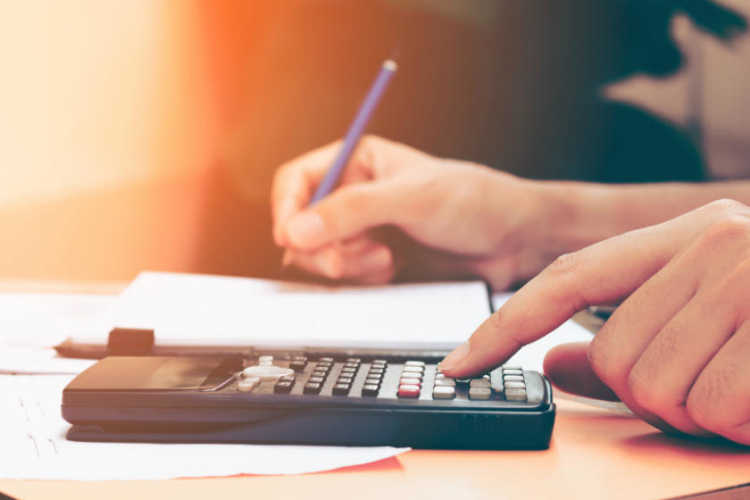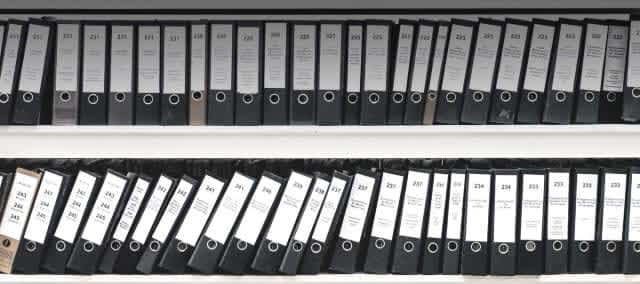Here, we explain what happens when you take a tax-free lump sum from your private pension, as well as the pros and cons of accessing your retirement savings at the age of 55.
Bear in mind that you can’t normally withdraw any of your pension before you reach the age of 55, so steer clear of any companies claiming you can get earlier access to your retirement savings.
Why access your pension tax-free lump sum at 55?
Let’s face it, most of us have plenty of ways we could put a cash lump sum to good use. For example, if you’re currently paying off debts with high interest rates, you might want some money to pay these off, or you may need funds to achieve a particular goal, such as making home improvements.
Remember though, you don’t have to take a lump sum from your pension when you reach 55 - it isn’t something you’ll lose if you don’t access it at this age. In fact, if you don’t need the money for anything in particular and you have an income which supports your standard of living, it’s probably worth keeping the money invested until you do really need it. This means it can continue to benefit from potential investment growth, giving you the chance of increasing the tax-free lump sum available to you when you do decide to use it.
You’ll therefore need to consider whether you desperately need the cash, as taking out a lump sum in your 50s could mean you’ll run out of money too soon and may affect means tested state benefits you receive. If this is a concern, you might prefer to leave your full pension invested for longer and make withdrawals gradually (more on this later).
Before withdrawing any money from your pension, you should seek professional financial advice, especially if you’re not sure whether taking a lump sum from your pension is right for you. You can find out more in our blog ‘benefits of advice’.
What happens when you take a lump sum?
If you take 25% of your pension from a defined contribution pension, this means the scheme is ‘crystallised’, which is essentially jargon that means that you’ve taken benefits from it. Before you take any money from your pension, your savings are defined as ‘uncrystallised’.
When you’ve taken your 25% tax-free lump sum, you’ll then need to decide whether to use the rest of your pension to buy a guaranteed income through an annuity, or to take an income from it using what’s known as flexi-access drawdown. This involves leaving your pension savings invested and taking money out as and when you need it.
You could alternatively take your whole pension as cash, but as you’ll pay income tax on 75% of it, you risk ending up with a painful tax bill at the end of the year.
You can find out more about your options at retirement in our blog 'Accessing your pension’.
What about tax on the rest of my pensions?
Once you’ve taken your 25% lump sum tax-free, the rest is taxable at your marginal income tax rate. It’s probably worth noting that with pension drawdown, you could take all of your pension at once. However, this is very likely to push you into a higher tax band, meaning you could face a large amount of your pension going to the tax man. Taking regular withdrawals therefore can help minimise tax that you pay as opposed to taking one bigger sum.
When a lump sum is first taken from a defined contribution scheme, pension providers are required by HMRC to apply a temporary tax rate.
This can sometimes push you into a higher tax rate, so that you receive a tax bill which is much higher than the amount you should actually owe. To get this overpaid tax back, you’ll need to reclaim it from HMRC.
Do I have to take my tax-free 25% all at once?
No you don’t, provided you’re not planning on buying an annuity. You can take your tax-free entitlement slowly, leaving the money in your pension invested, and taking out lump sums as and when you need to.
This is known as taking ‘uncrystallised funds pension lump sum’ (UFPLs). Each amount you withdraw is 25% tax-free, and you’ll pay income tax at your normal rate on the rest.
Can I still pay into my pension when I’ve taken a lump sum or lump sums from my pension?
Yes, you can. If you’re only taking the 25% tax-free lump sum but no more, you’ll still be able to pay in up to £40,000 a year into your pension and benefit from tax relief on these contributions.
However, if you take further flexible withdrawals, you’ll get a lower annual allowance, known as the money purchase annual allowance (MPAA), which is £4,000 in the 2019-20 tax year. It’s therefore vital to seek advice if you’re not sure how much you can withdraw before triggering the MPAA. Failure to get to grips with the rules could mean you inadvertently end up reducing the amount you can save for the future, leaving you worse off when you reach retirement.
This is a particularly complex area, so we’d strongly recommend seeking advice or guidance. Pension Wise is a free government service which offers impartial guidance on these issues.



